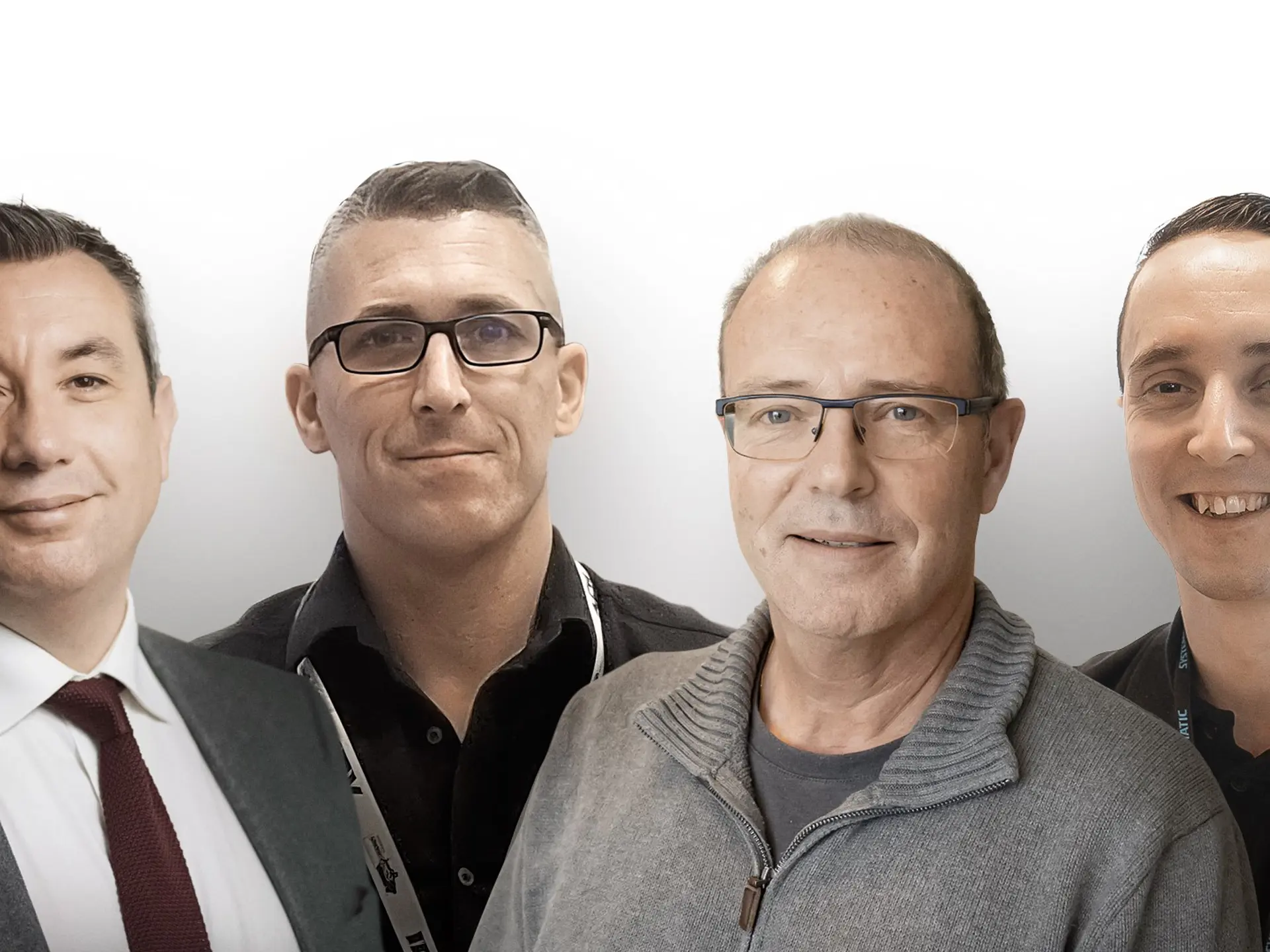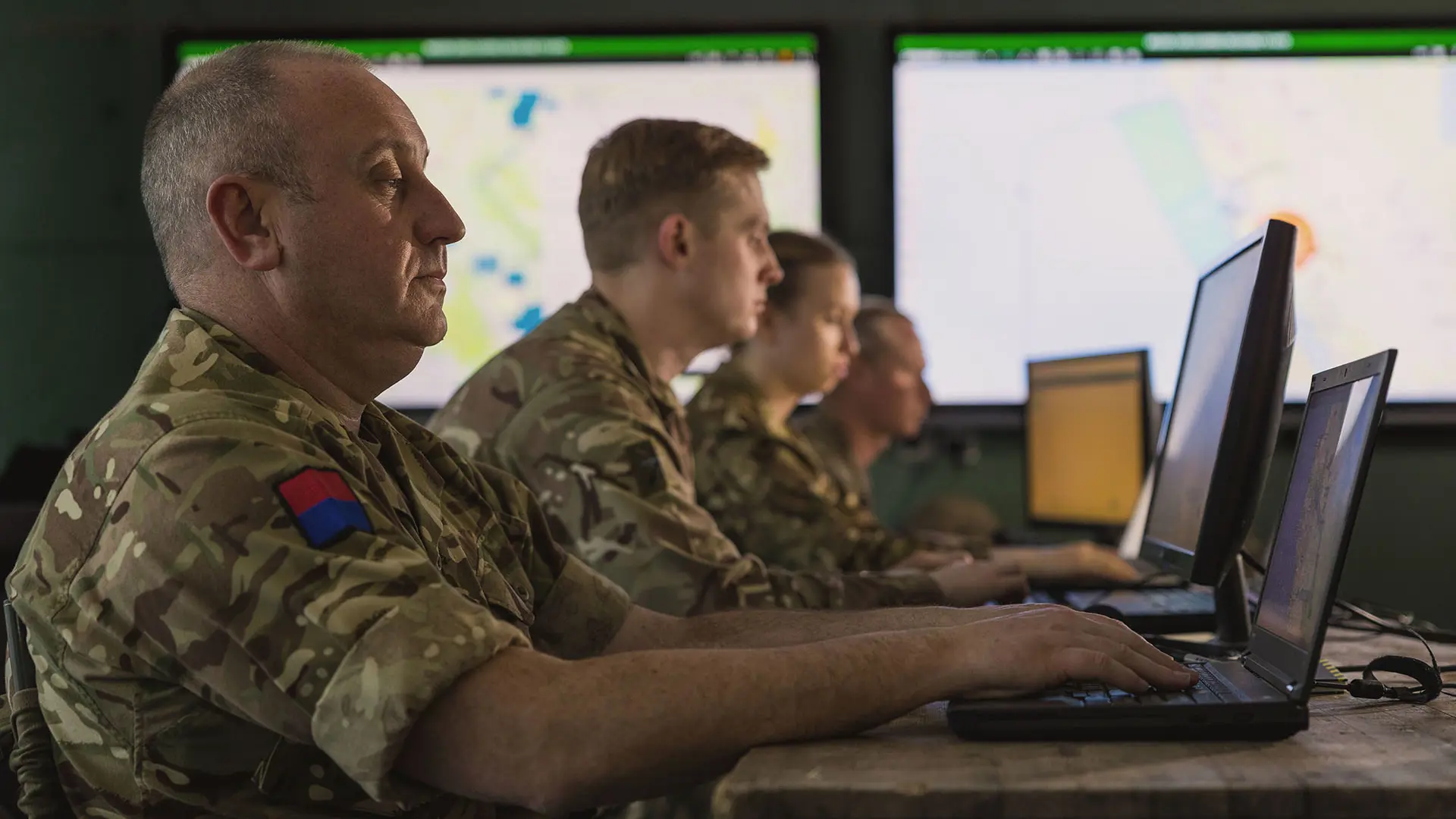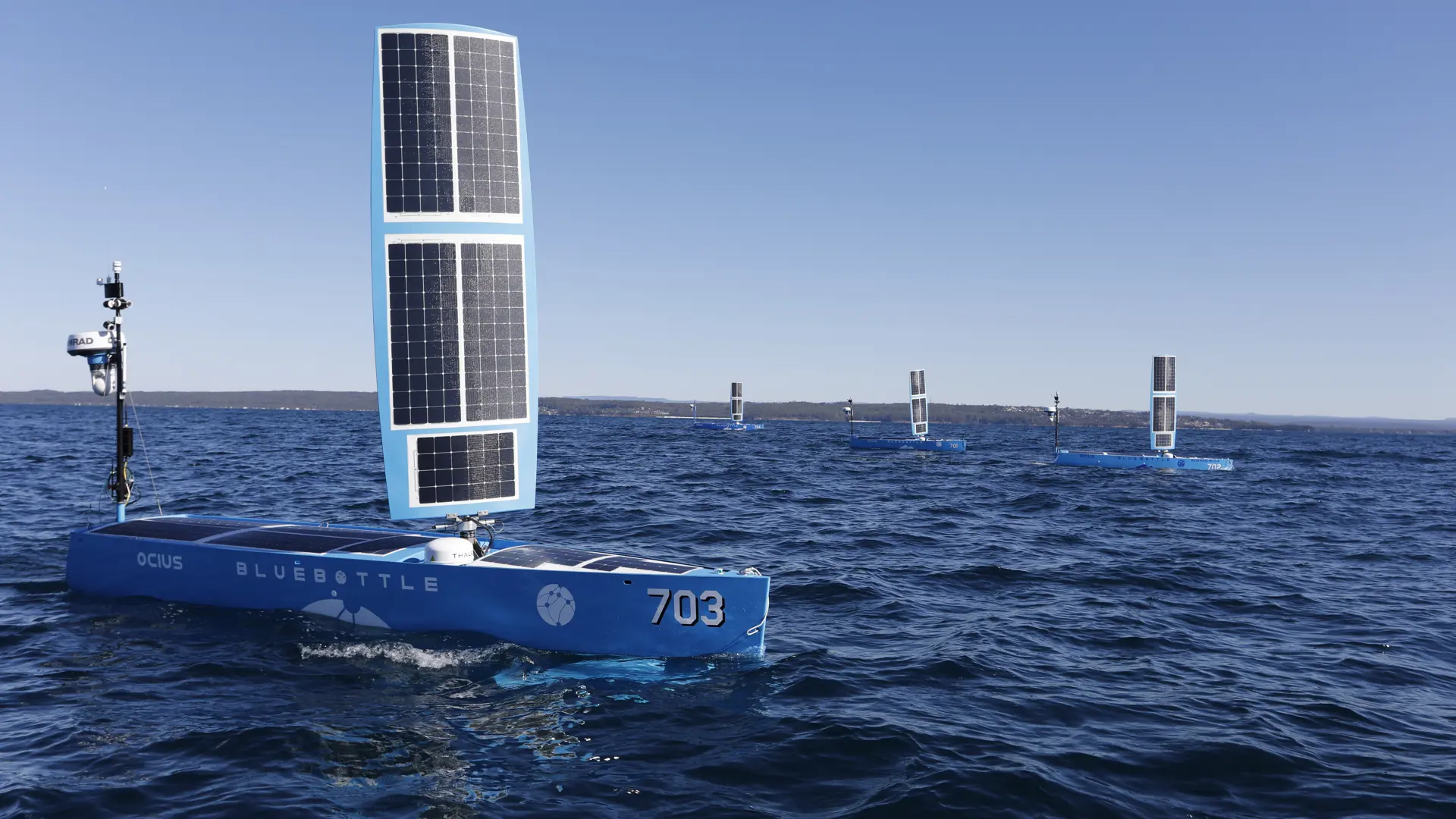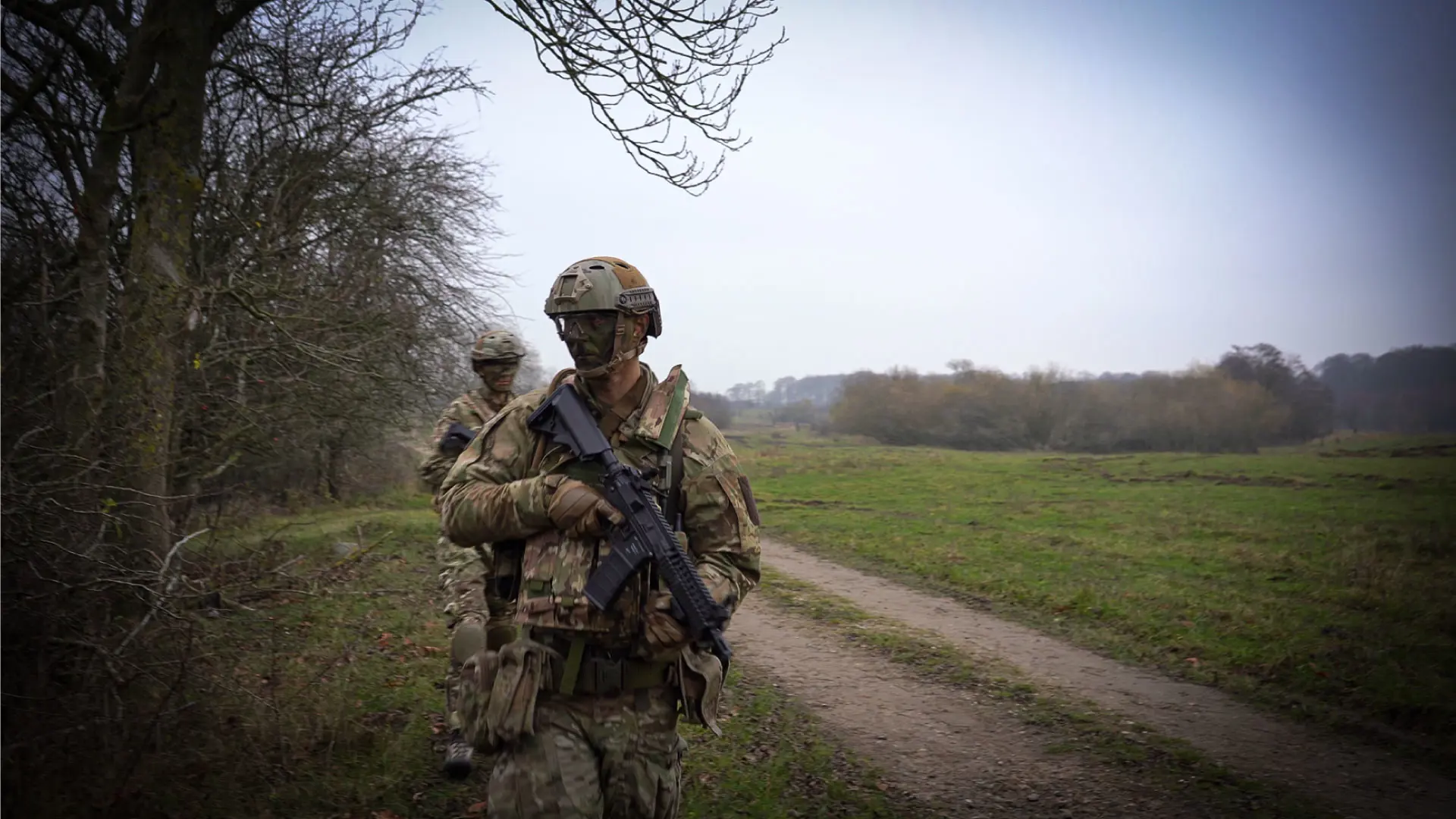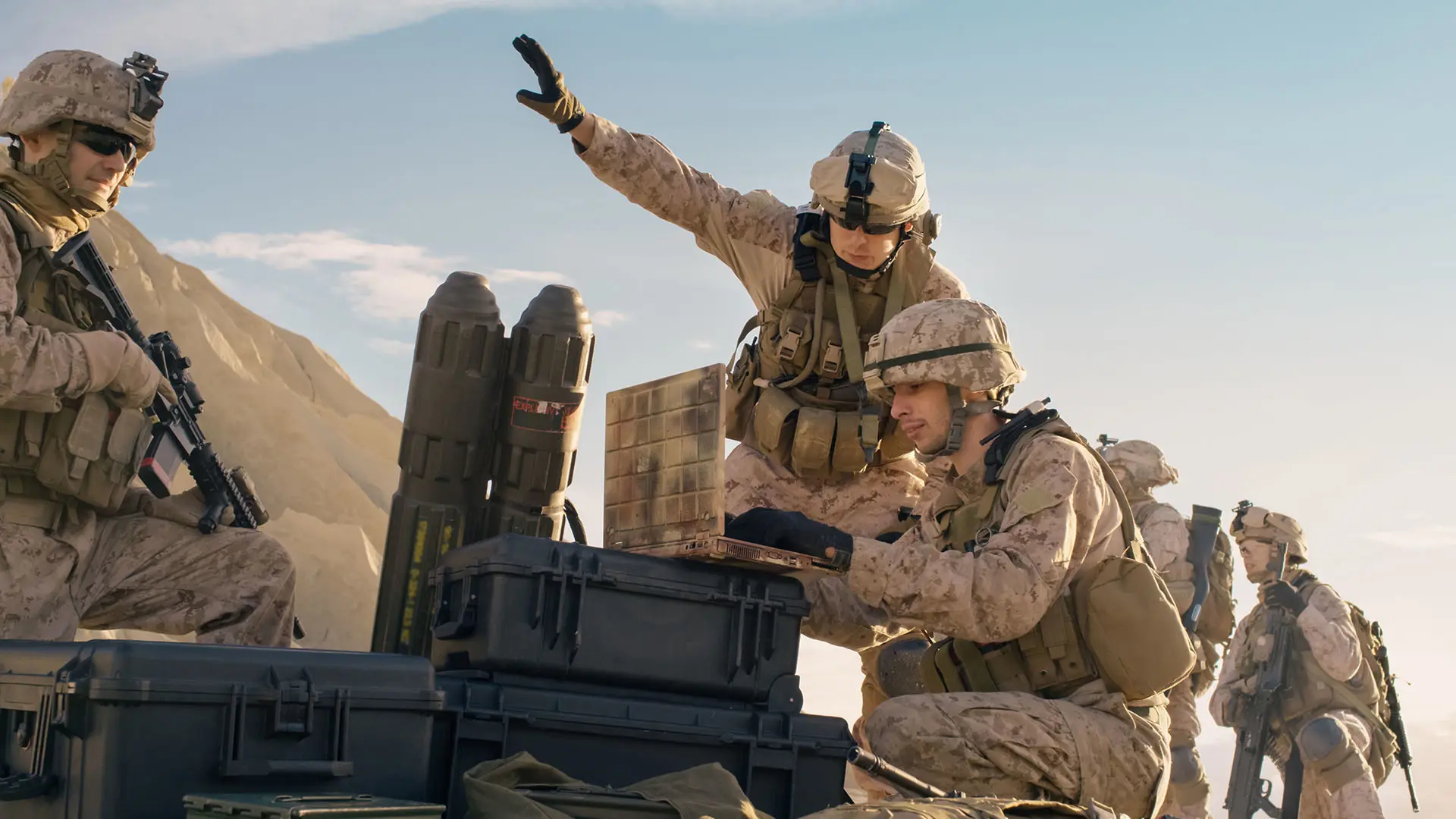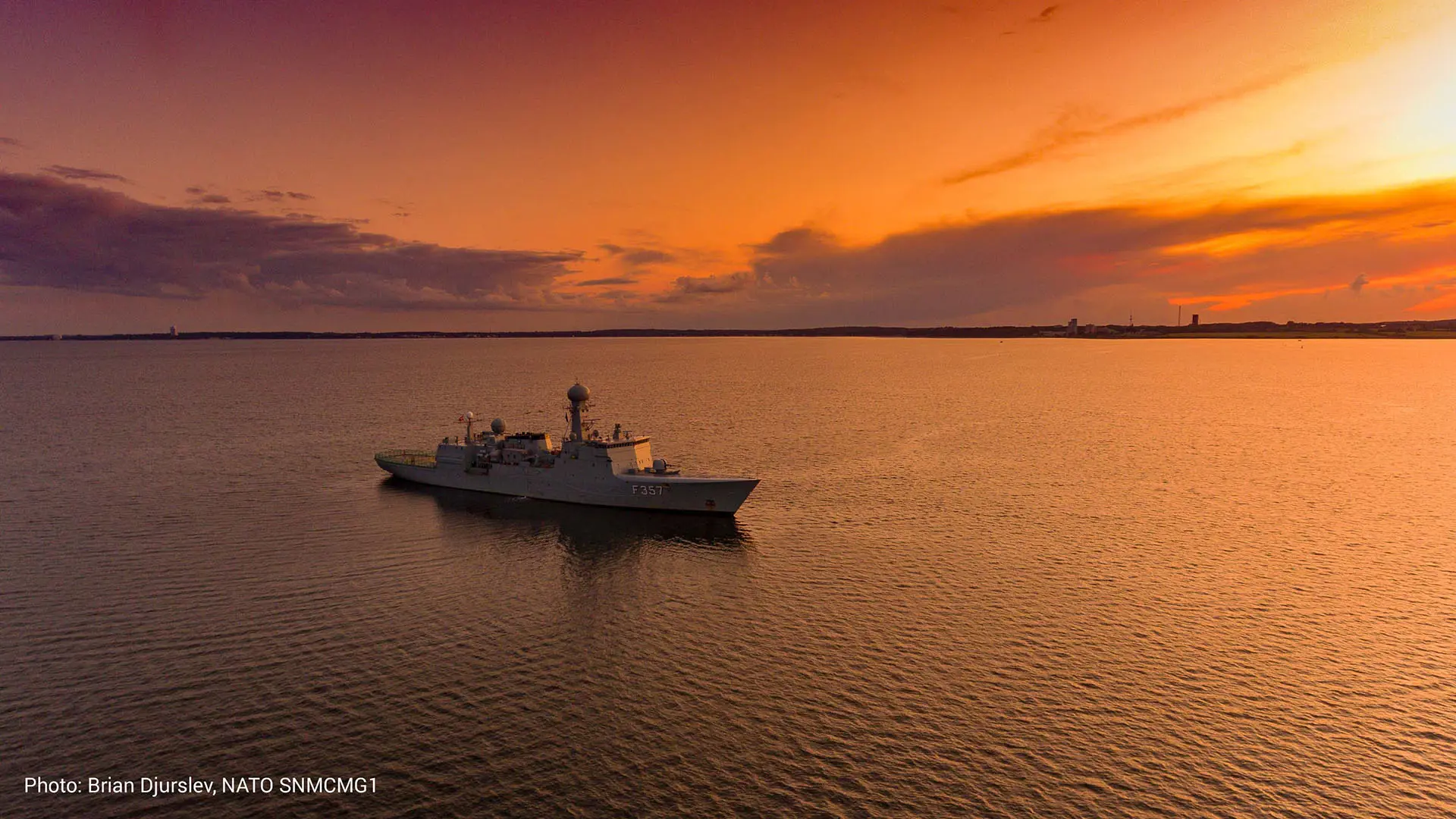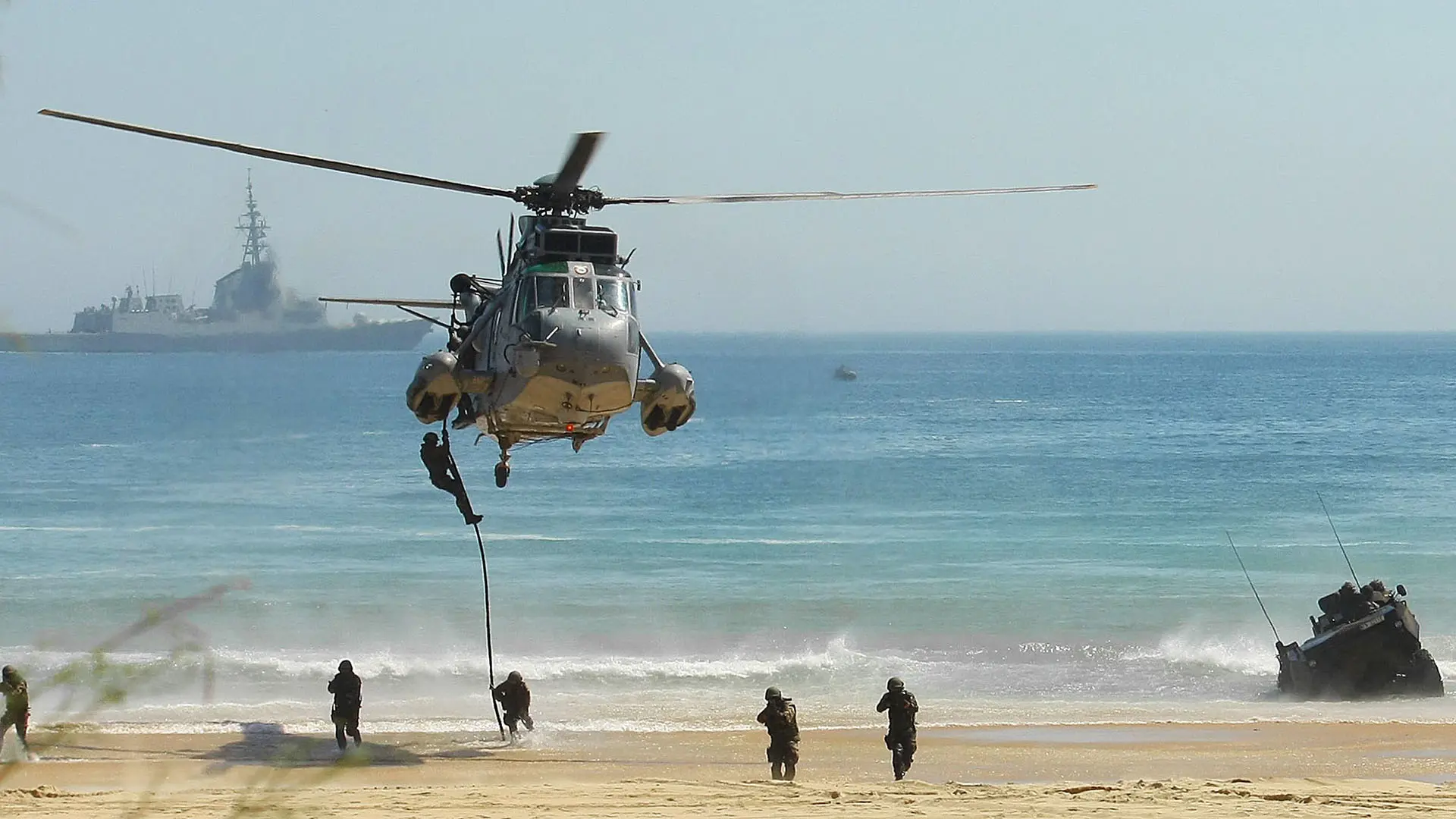Meet the specialists: Intelligence
Working across a number of C4ISR capabilities, Systematic is home to a variety of subject matter experts who help us ensure that our technology is fit-for-purpose and can meet the needs of the warfighter.
Read below to meet some of our experts in the field of intelligence, and their thoughts on the future of military intelligence, artificial intelligence, communications, and more.
Henrik Sommer
I spent many years in the Danish Army, starting in the armoured corps serving with our Leopard 1 main battle tanks, and eventually retiring as a Brigadier General having served several tours in Afghanistan, Iraq, Kosovo, and NATO. This involved using intelligence for both tactical and strategic purposes, as well as developing doctrine, operational planning, and coming up with ideas on how intelligence concepts can be best utilised in the military. I was able to utilise these experiences and ideas in a range of low-intensity conflict, counterterrorism, peacekeeping, and strategic planning missions. I now use this at Systematic to develop tools to support the intelligence cycle.
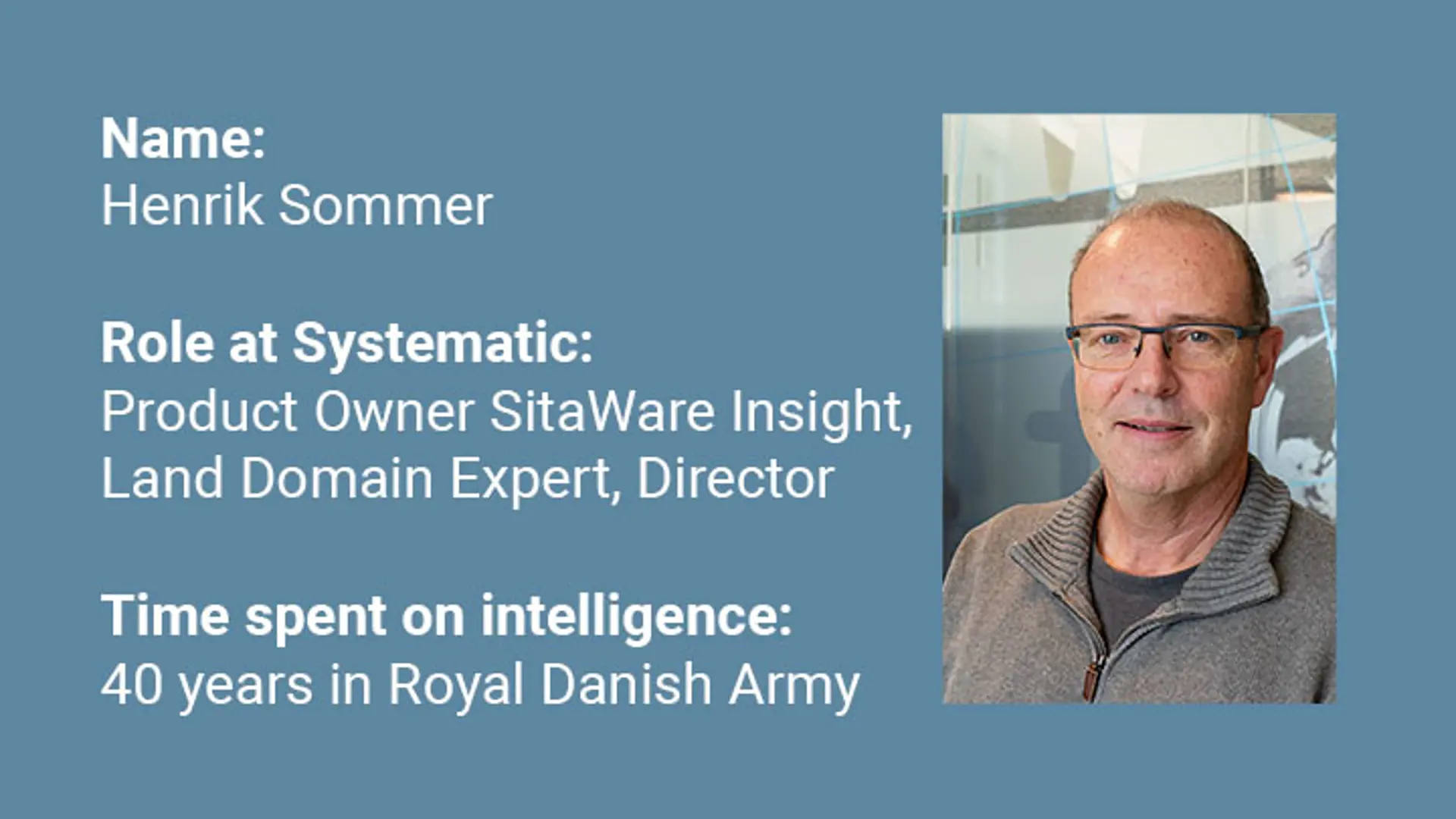
During my service, I saw intelligence evolve from a very difficult to manage concept – physically – to one that is more digital and simple-to-use. For example, when I was a tank battalion commander, my intelligence officer used to fill our turret with paper maps, transparency overlays, and documents – things that are all now delivered electronically with a much smaller footprint. They are also easily searchable and simple to update with new information.
Developing new workflows…requires some major leaps by command staff
Intelligence has been, is, and will be, essential for all operations. The employment of new technology in the intelligence process comes with some significant changes for military organisations. Developing new workflows for a staff organisation that has not changed since the Napoleonic era requires some major leaps by command staff, particularly given the vast amount of information that is now available, and technology is able to help staff deal with the new realities.
At a tactical level you must have a near-real-time picture of enemy deployment and critical assets. At the strategic level you must be able to assess intent with a long-term perspective.
However, tactical commanders do not need more information, as they risk drowning in it. This means that the intelligence they can access must be delivered faster, and with a high degree of reliability. They also face a significant issue in bandwidth limiting data exchange and search, a problem that can be exacerbated by the increase in mobility requirements for higher echelons making this interaction more complex.
Adam Philpotts MBE
I recently retired from the British Army as a Warrant Officer Class 1, having become a Yeoman of Signals in the Signals Corps. I now get to demonstrate Systematic’s products to show how they can meet customer requirements, as well as test customer processes in how they can maximise their use of our products. This leverages a raft of skills I earned during my time in the Army – from network architecture design, the development and management of communications systems and technologies, to cybersecurity.
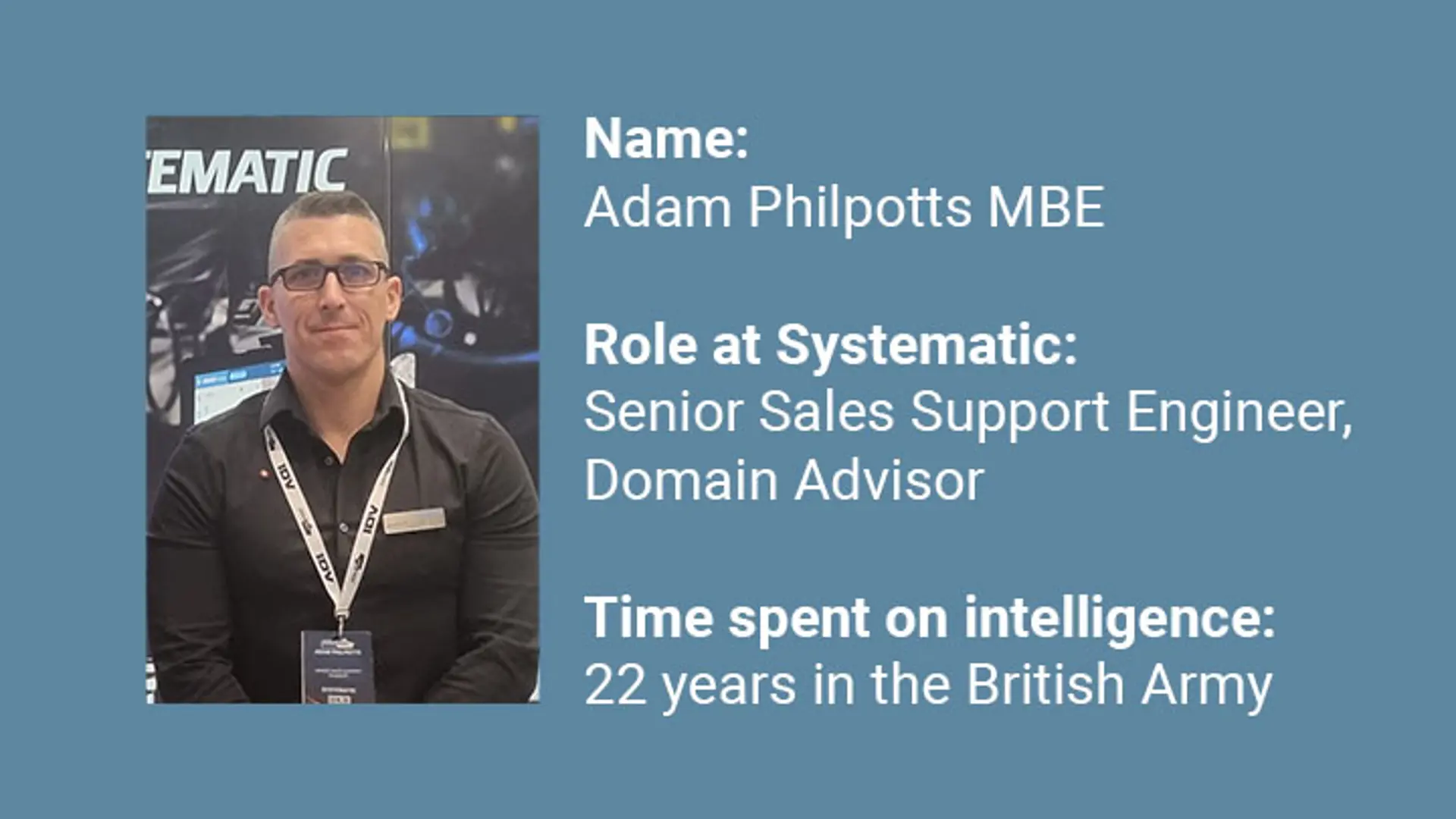
Intelligence is vital, it enables commanders to understand their audiences and environment and then exploit that to their advantage. Objective, confident, and probable intelligence generates understanding and subsequently insight. This insight and understanding supports decision-making across all types of engagements and operations, contributing to most nations core tasks and policies.
Intelligence without communications is irrelevant, useless, and a waste of time
There are several constraints and challenges to accessing intelligence data. The biggest one for me is large data access in the yet untested and unknown denied, degraded, and disrupted environments. Recent conflicts have shown that commercial systems (internet, satellite, mobile telephony, etc) routinely exploited by military forces are subject to denial, isolating early entry, spearhead, and reaction forces – which also includes users such as civilians and government agencies. This effectively cuts off intelligence collection and dissemination at source in theatre; and has even led to the reintroduction of pigeons and dispatch riders.
As a result, when thinking about how to ensure that you have the best recognised intelligence picture, you need to consider how you will get this information to all stakeholders. Intelligence without communications is irrelevant, useless, and a waste of time.
Whilst more reliant and resilient technologies exist for military use, these by their nature are limited in capacity and capability. For example, a deployed, in-service intelligence system that processes a single type and classification of data will have an allocated bandwidth window that exists alongside other communications functions of a headquarters – emails, Skype, IP telephony, etc. This all adds to the communications strain and can reduce the dissemination of critical intelligence. Therefore, the need to identify critical information types and processes is vital. Communications systems and their essential applications can be then manipulated to support the dissemination of information (both operational and intelligence) even in the most austere environments meeting the information need.
Simon Eriksen Holmelin
I have spent many years serving at the tactical level in the Royal Danish Army, where I had an additional function as an intelligence specialist. This also involved occasionally being the stand-in Intelligence NCO at the Company level. This meant I gained skills and experience at site exploitation and tactical intelligence gathering. I also enjoy working on open-source intelligence (OSINT), which is something of a hobby of mine now. I now work at Systematic designing and producing training materials for our SitaWare Aspire training product.
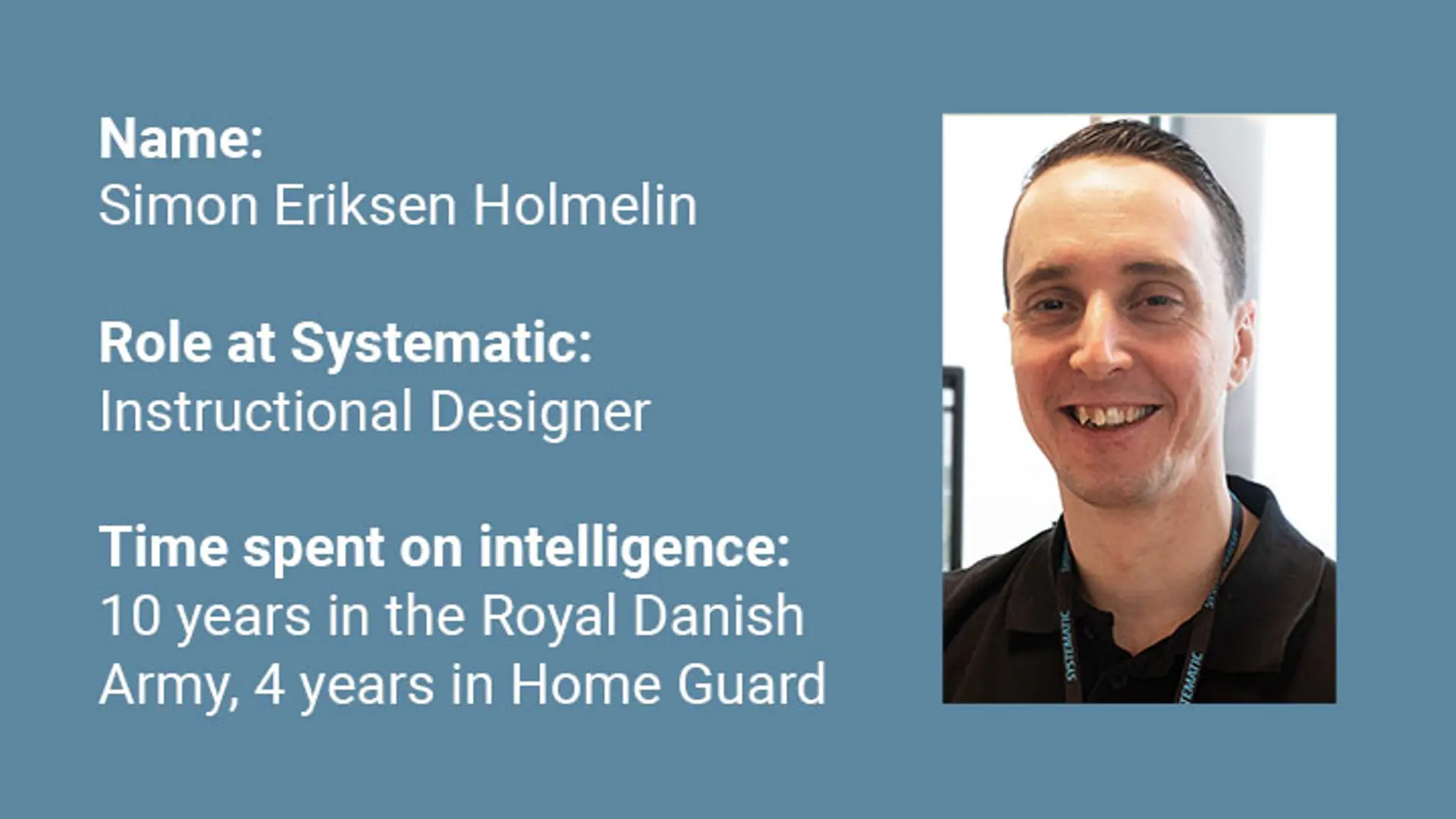
I have often experienced the Dissemination part of the intelligence cycle simply reverting to the classical 100-page Microsoft PowerPoint presentation. This often does a huge disservice to the amount of work that people have put into the Direction, Collection, and Processing elements of the cycle. This is where I really think SitaWare comes into it right as a great tool to disseminate intelligence in a “living” system and show the intelligence work at all levels.
We have had to “re-learn” a lot of things, particularly when we talk about doctrine
Overall, intelligence is the “Why” on military operations. We do not do something unless it is connected, or supported by, our intelligence work. Having an extensive intelligence comprehension on both the operating environment and the adversary’s capabilities and intent is paramount to success on the battlefield.
Having been in a force that have gone almost from an exclusively counter-insurgency focus to near-peer again has been quite an experience. The amount of collection we did in Afghanistan would not make much sense on a near-peer battlefield, so we have had to “re-learn” a lot of things, particularly when we talk about doctrine and equipment on a much larger scale again.
As armed forces are getting more and more digital, the access to intelligence products has become far easier. The ability to quickly send reports on chat systems or mark enemy positions on a digital map have drastically improved intelligence at the front. However, ensuring the right data gets through is one of the biggest challenges, as soldiers at the tactical level can be overwhelmed by data. Getting the right data to the right place is a challenge to allow troops to maintain proper situational awareness and preserve radio bandwidth for the frontline troops.
While people may look to automation as a solution, automated systems are only as good as the data you provide them with. So, ensuring source credibility is going to become a major challenge going forward. However, I do think both AI and the general number of sensors and sensor connectivity is going to change collection a lot. The amount of data you will be able to gather in the next few years will be way beyond human processing ability and I really think automated systems will play a big factor here.
Jim Munt
I spent my career in the Royal Navy working with intelligence – right from tactical intelligence when deployed on operations, through to strategic level intelligence work. Leaving the service as a Lieutenant Commander, I had experience working with a variety of intelligence types – from image and open-source intelligence (OSINT), through to some work with signals and human intelligence.
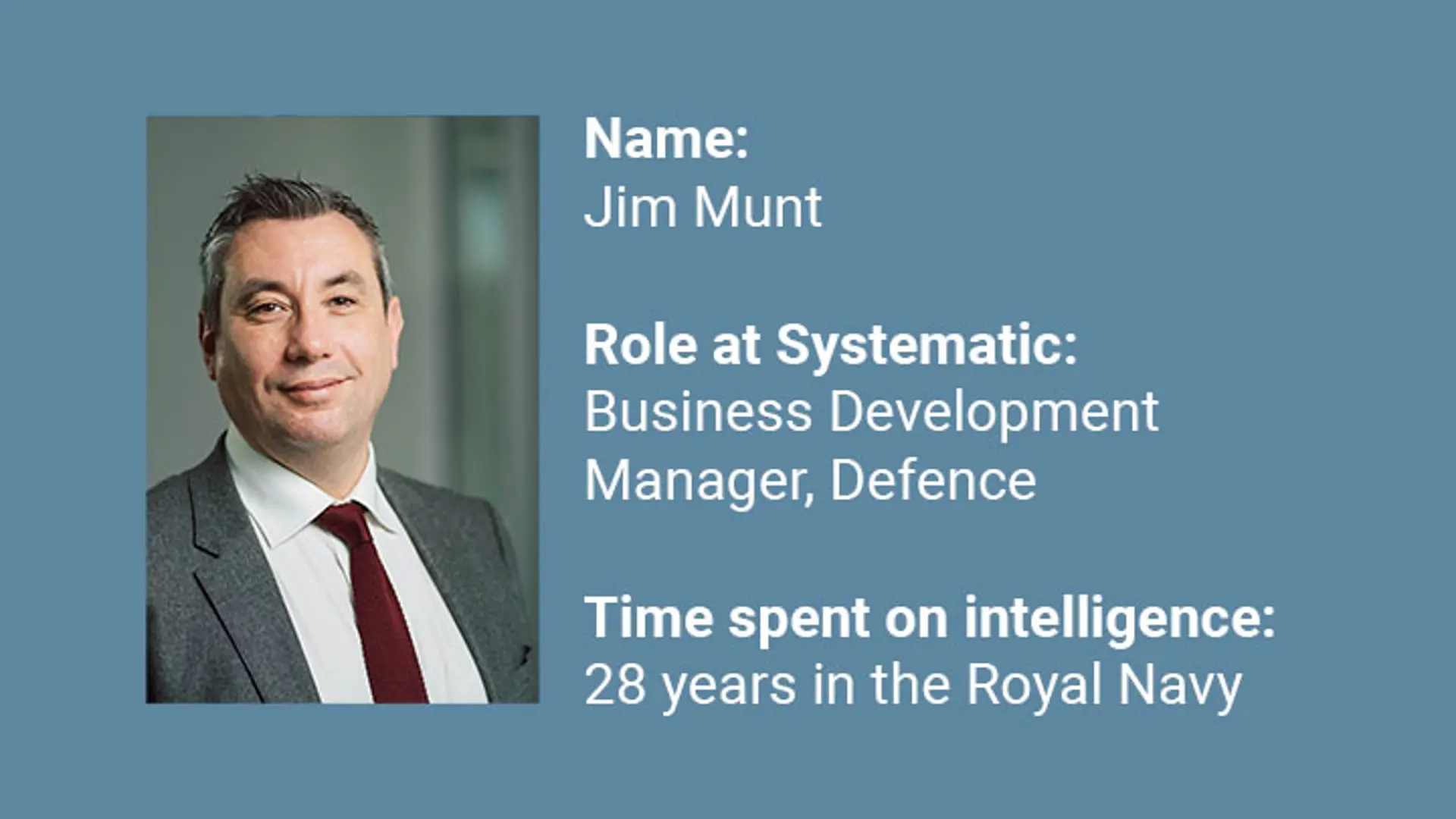
Intelligence needs representation at the earliest part of any planning process to ensure intelligence collection plans mirror the commander’s intent. Intelligence professionals should then be involved in all subsequent cycles of the planning process leading to execution and then contributing to lessons identified post the event.
There is always going to be need for human interface within intelligence
From a Navy perspective, the access to tactical intelligence is getting better. However, there is still a long way to go. The key factor to any support in a deployed environment is bandwidth and the communications mesh, as these help to ensure that collected data is readily disseminated to stakeholders within the intelligence cycle. OSINT is going to play more of a central role in the future, but there is a critical need to validate the information prior to it being processed into intelligence.
Overall, factors such as computing power, information management, and staff experience can hinder access to intelligence data. Once we can find ways to improve these areas, we know that we are on the way to improving the dissemination of data across the battlespace.
While some may point to artificial intelligence (AI) as the way forward, there is always going to be need for human interface within intelligence. I believe there is currently not a commander brave enough to make a decision that could cost lives purely on the basis of an AI solution. I think the key is demonstrating that AI supplements intelligence personal using a metric of time or fewer numbers of personnel to complete the task.
